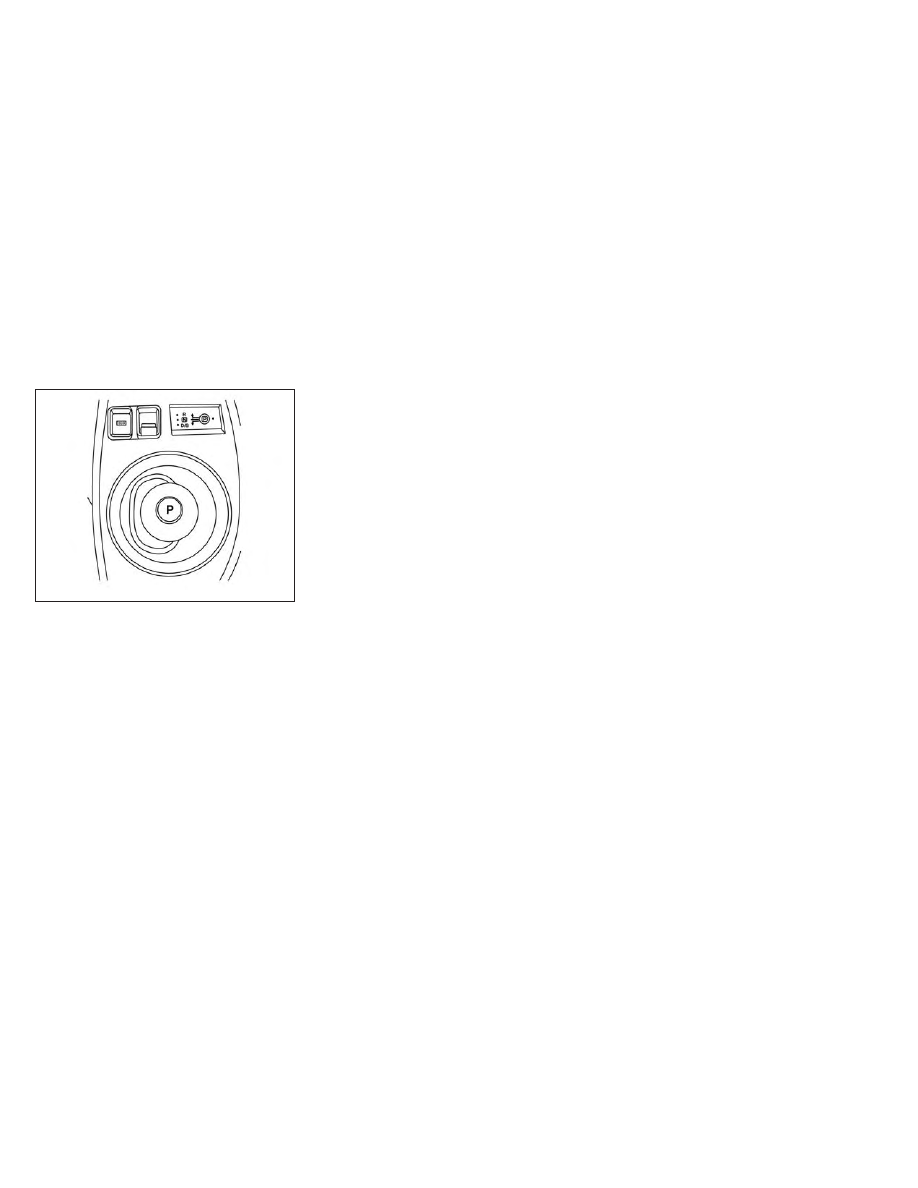Nissan Leaf (2023 year). Manual in english - page 3

These are the following gear positions for
driving the vehicle forward:
• Use the D (Drive) position for optimum
driving performance.
• Use the B mode for downhill driving.
When the B mode is used, more regen-
erative brake is applied when the accel-
erator pedal is released in comparison to
the D (Drive) position.
For additional information, see “Driving the
vehicle” (P. 5-14).
NOTE:
The regenerative brake converts the ve-
hicle's forward motion to electric power
to help slow the vehicle.
Use the ECO mode for maximum vehicle
range and for city driving. The ECO mode
helps reduce power consumption by re-
ducing acceleration when compared to
the same accelerator pedal position in the
D (Drive) position (normal mode).
LEV2051
EV Overview
EV-19